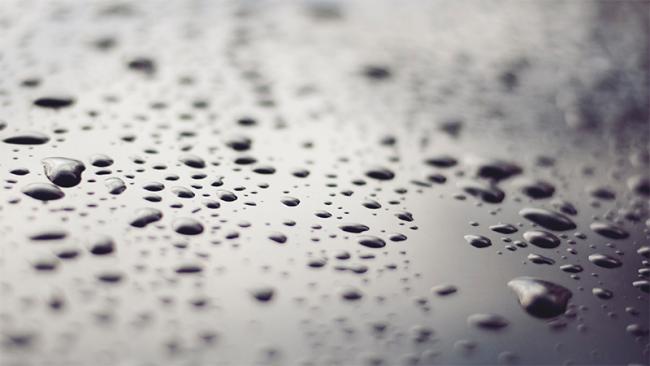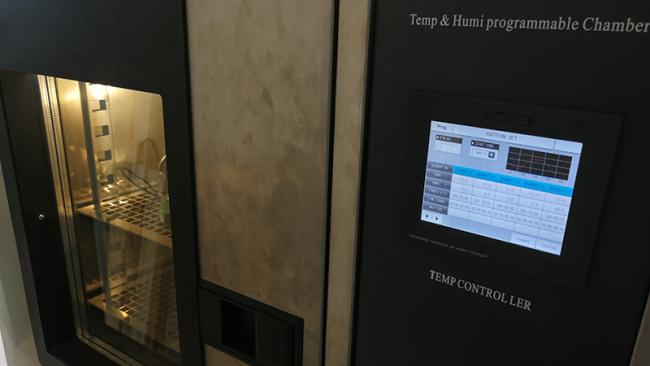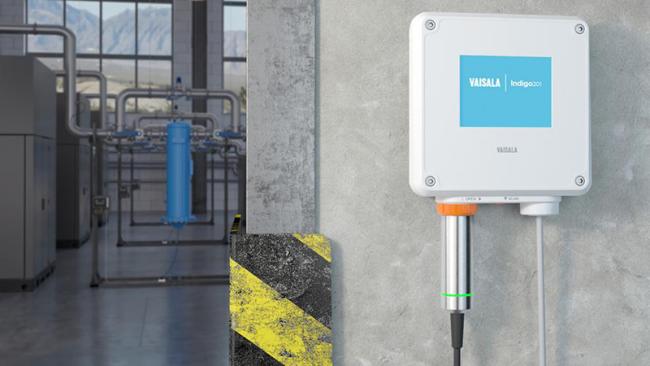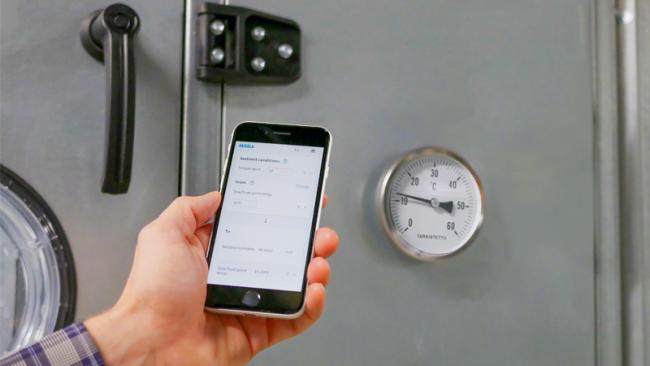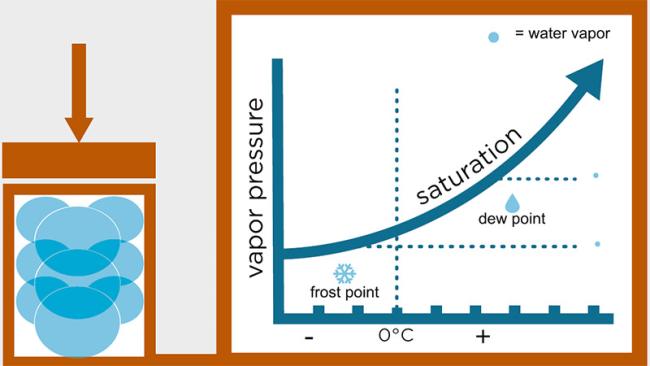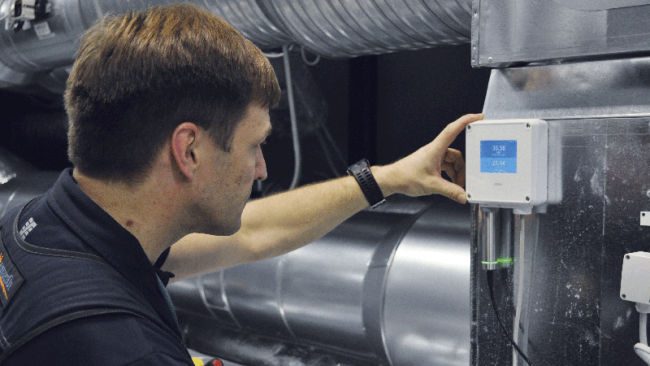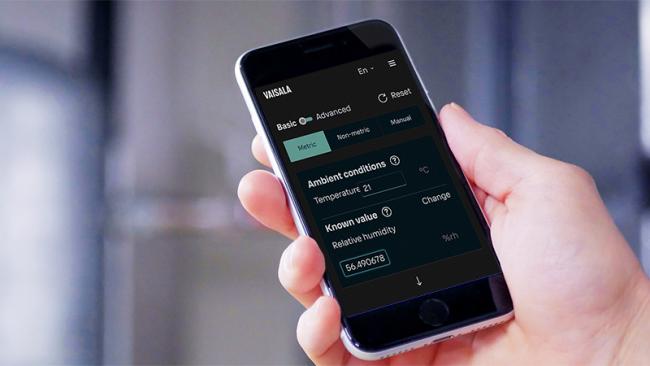
Humidity, Dew Point
and Moisture measurements
Water (H2O) can present itself in three different forms: solid (ice), liquid (water), and gas (humidity). Humidity is an invisible gas that can be measured and defined with different parameters. Relative humidity indicates the present state relative to maximum humidity in a given temperature. Dew point temperature indicates the temperature to which air needs to be cooled in order to reach condensation. For industrial-scale manufacturing, controlling these parameters is a must for good quality end-products and efficient manufacturing processes.
Get to know Vaisala’s reliable and durable measurement solutions for humidity, dew point, and moisture.
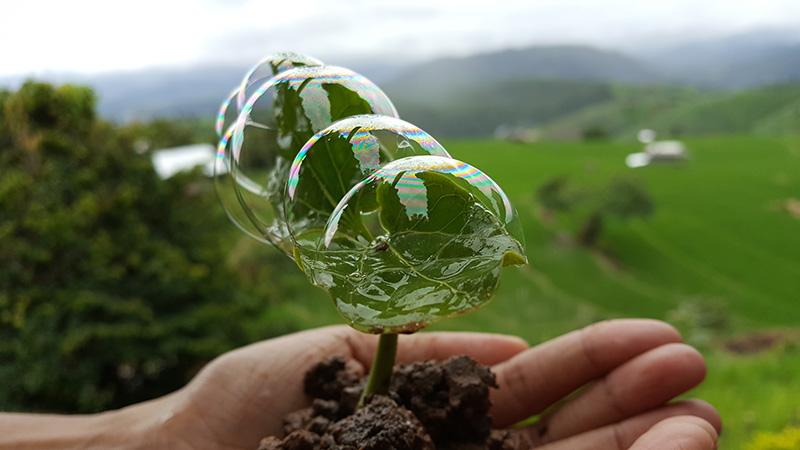
Humidity
Humidity is measured in many air control applications, where the relative humidity is for the most part over 10 %. Relative humidity (RH) is a measure of the water vapor content of air. For more information, read the article what relative humidity is and why it is important.
Find humidity measurement products by typical applications:
test chambers, building automation and HVAC, spray drying, paint booths, biogas production, and bio-decontamination.

White paper: Controlling high-humidity applications with dew point temperature
This white paper is a vital resource for anyone aiming to maintain a controlled environment in a high-humidity application.
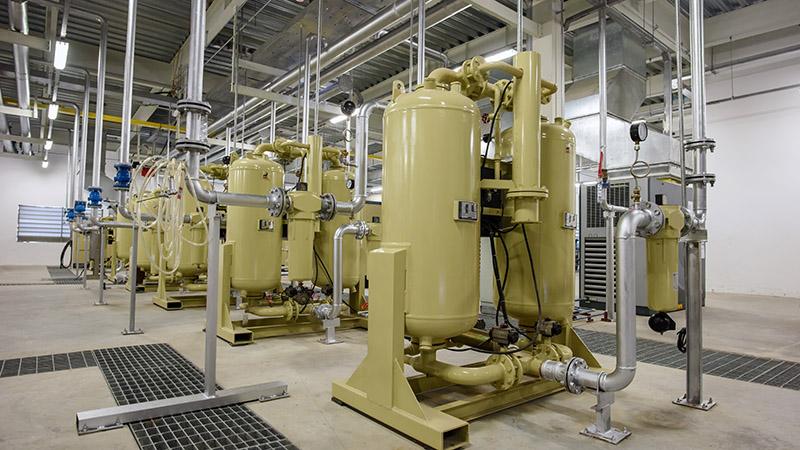
Dew Point
Dew point measurements are needed when controlling air in dry processes, usually with relative humidity below 10 %. For more information about dew point, read the article "What is dew point and how to measure it?". Find dew point measurement products by typical application: compressed air drying, fluid bed drying, 3D printing, lithium-ion battery manufacturing, and semiconductor manufacturing.

Moisture
Avoiding moisture in concrete or structures requires high quality measurement. Moisture measurements are essential also when there is a need to protect engines or to ensure high-quality oil with moisture in oil measurements

Dew point temperature or frost point temperature?
Select the correct parameter output to low humidity applications
Sometimes, the terms are mixed in the industrial language, and dew point temperature might actually refer to frost point temperature.
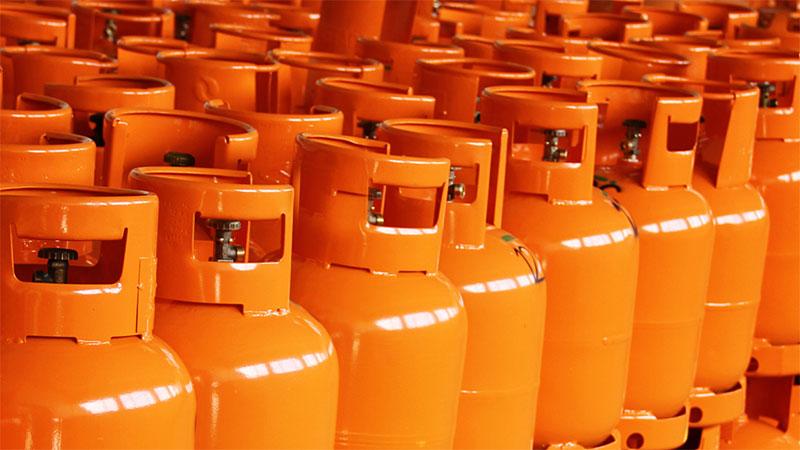
Humidity control in hazardous locations
Humidity control is critical in many spaces where flammable or explosive materials such as fuels, chemicals, explosives are being stored. These spaces are designated as hazardous due to potentially explosive atmospheres. They require specially designed and approved instruments for safe operation.
Vaisala's intrinsically safe humidity instrument for hazardous locations is the HMT370EX Humidity and Temperature Transmitter.
High-quality measurement benefits
Energy-savings
Especially in drying applications, accurate humidity measurement can bring significant savings in both energy and costs. By knowing the humidity level you can, for example, avoid over-drying and heating the air too much.
End-product quality
Exact humidity data helps you optimize your production process and facilities, as well as make sure that the humidity level in your end-products is just right. Depending on the product, it can mean for example longer shelf life or improved stability.
Safety & well-being
Humidity control in facilities and moisture control in structures improve both safety and well-being when the air is optimized for breathing and the formation of mold is avoided. Controlling process humidity is also crucial for safety and well-being.

Vaisala humidity calculator
Relative humidity, absolute humidity, wet-bulb temperature, enthalpy, water concentration, and many more. Humidity calculations and conversions made easy.
Try our dew point instrument finder
Trusted HUMICAP® and DRYCAP® technologies
Humidity and Multigas Measurements with CARBOCAP® and PEROXCAP®
With our continuous research and development efforts, we have been able to combine humidity measurement possibilities also with other parameters and technologies. We developed the CARBOCAP® technology originally for measuring CO2, but the technology is well suited also for optical humidity and methane measurements in biogas applications. Vaisala’s PEROXCAP® technology was developed for measuring humidity, vaporized hydrogen peroxide and temperature for easy validation of hydrogen peroxide bio-decontamination of isolators and facilities.
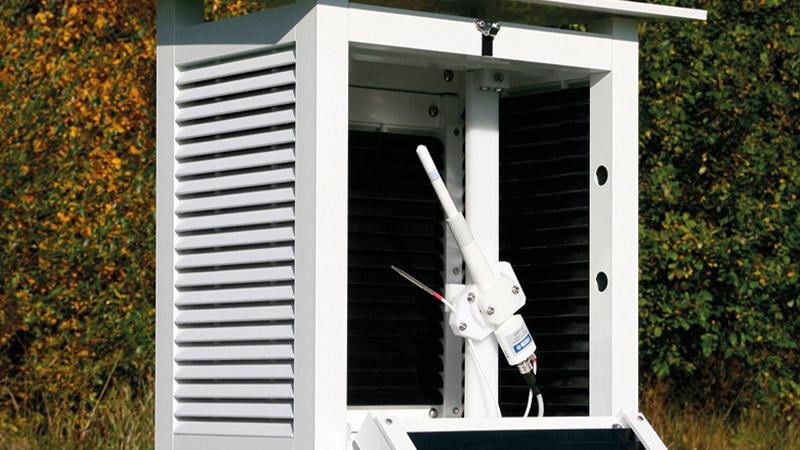
HUMICAP Humidity and Temperature Probe HMP155
Vaisala’s HUMICAP® Humidity and Temperature Probe HMP155 delivers accuracy and reliability under even the most challenging conditions including tropical, coastal, and marine environments.
The HMP155 is engineered to deliver precise data in high humidity climates where moisture is near saturation, in environments with changing temperatures, and in harsh environments where measurements may be corrupted by chemicals, fog, mist, rain, and heavy dew.
Humidity measurement product highlights for HVAC
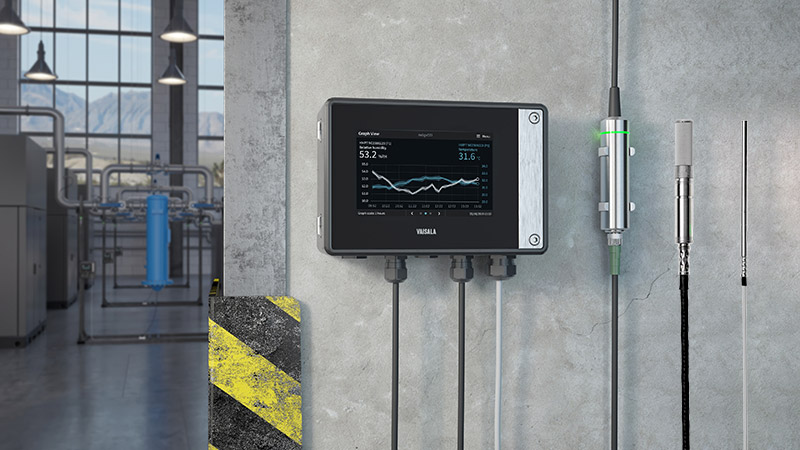
Indigo Family - the modular platform
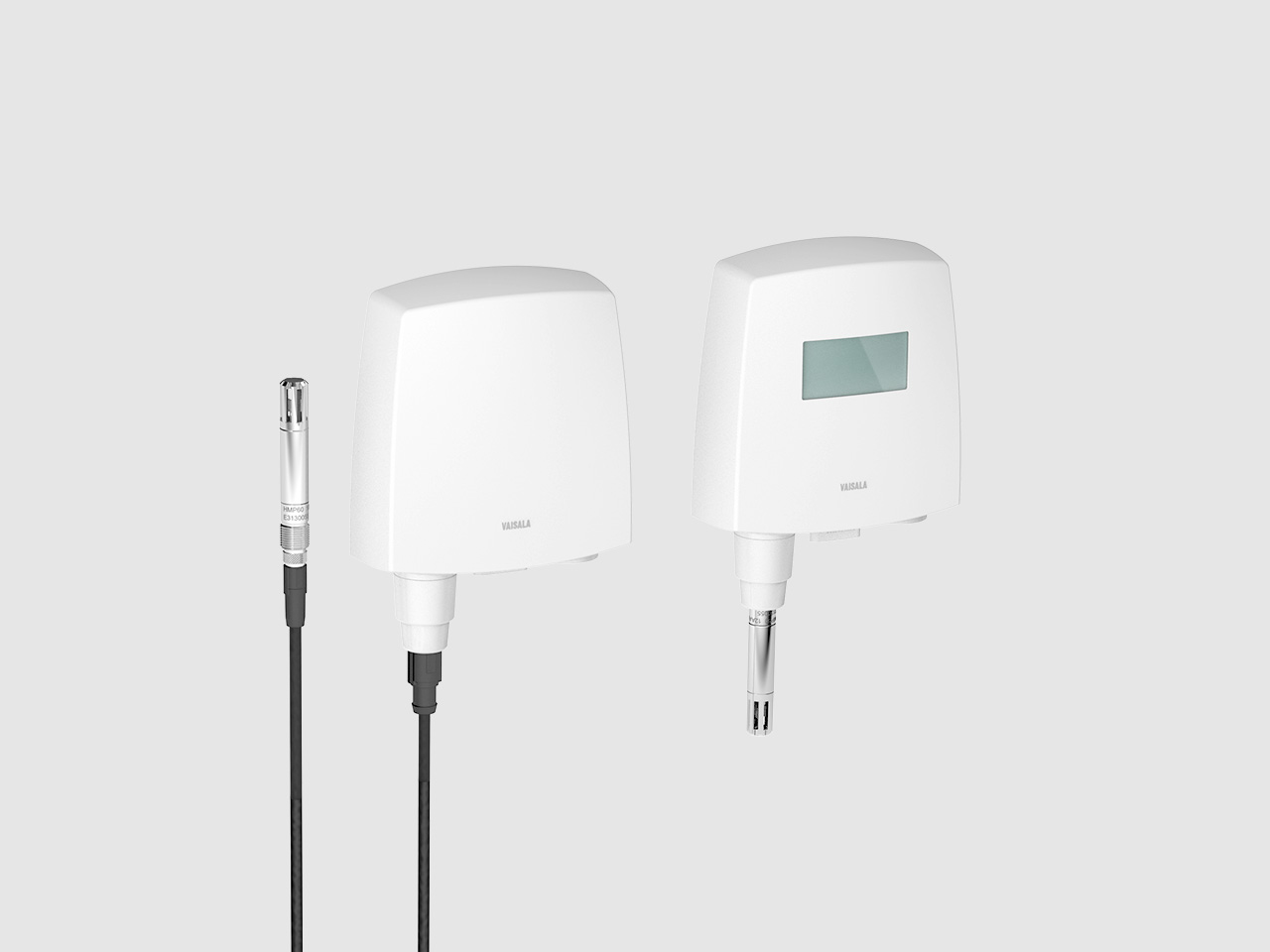
Humidity and Temperature Transmitters HMT120/130
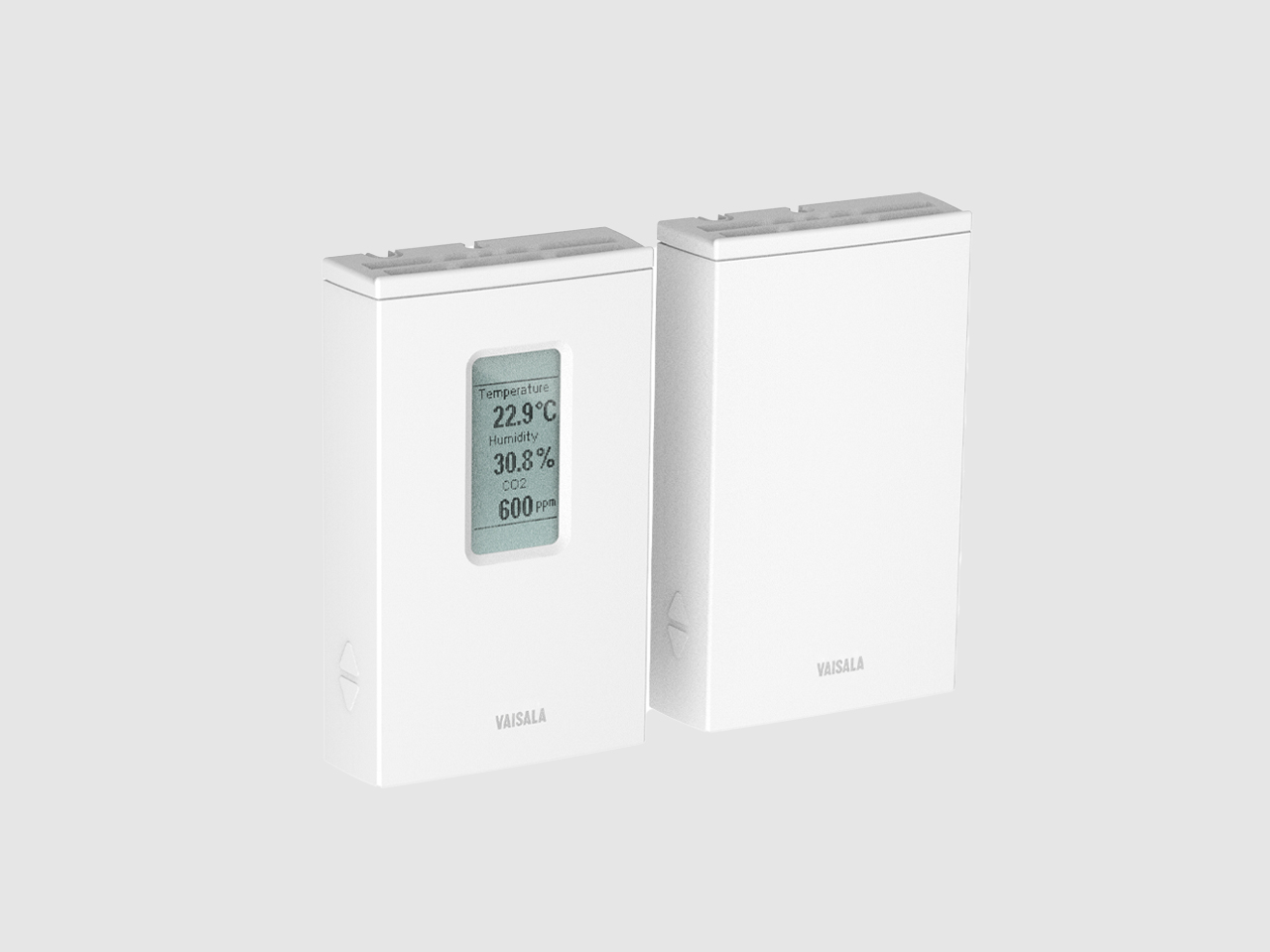
CO2, Temperature and Humidity Transmitter Series GMW90
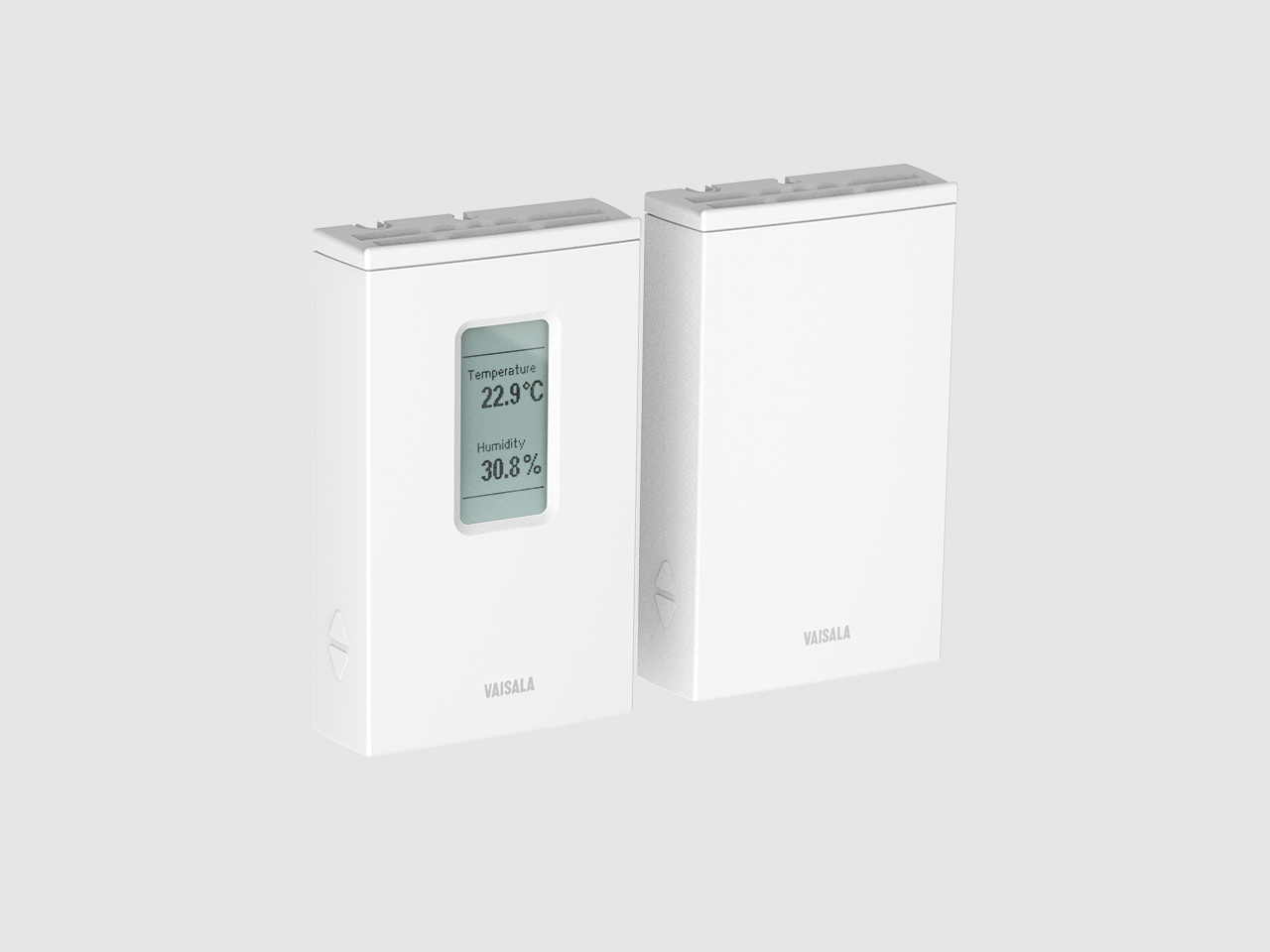
Humidity and Temperature Transmitter Series HMW90
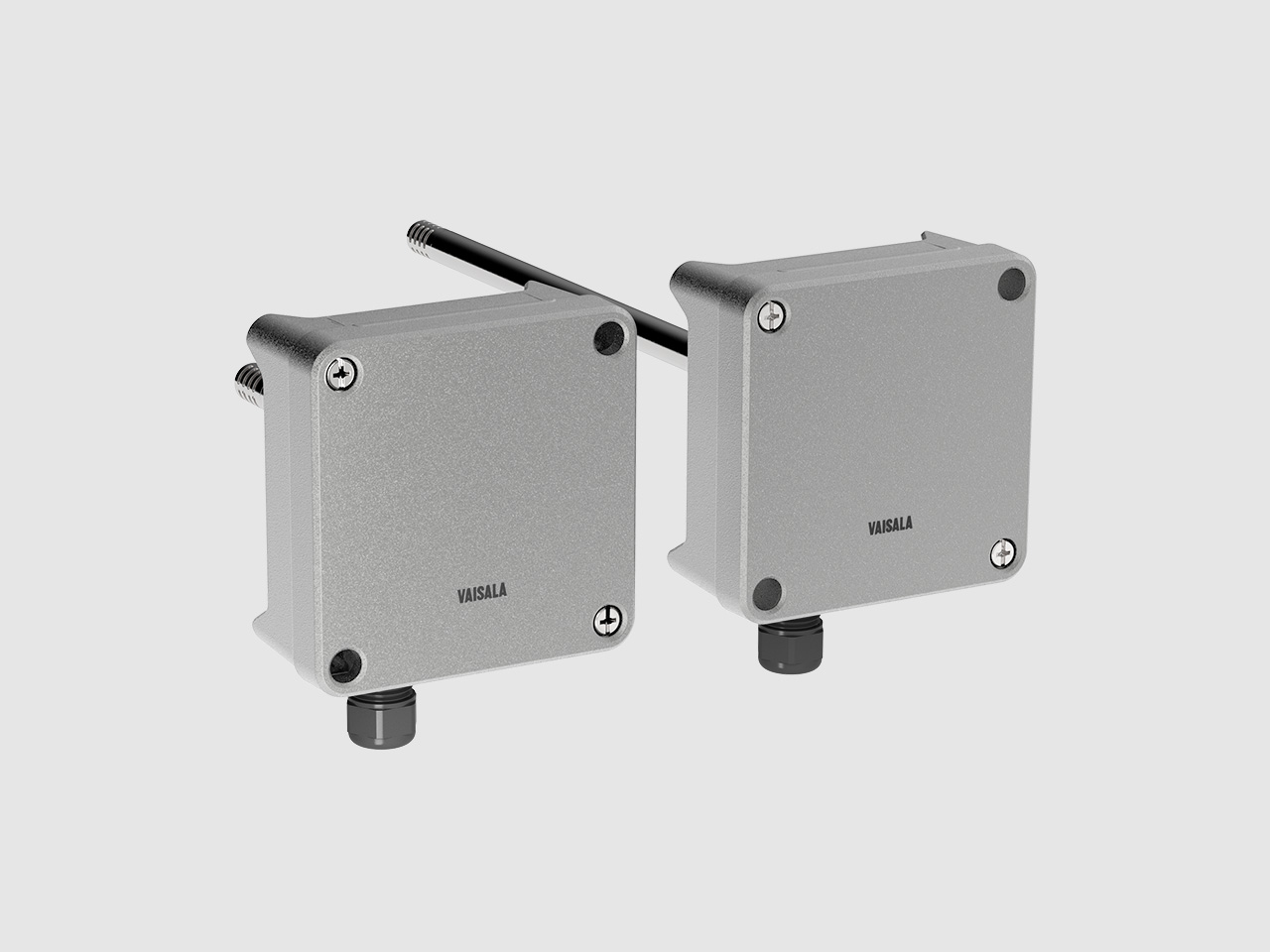
Duct Humidity and Temperature Transmitter HMD60
Dew point and relative humidity product highlights for industrial drying
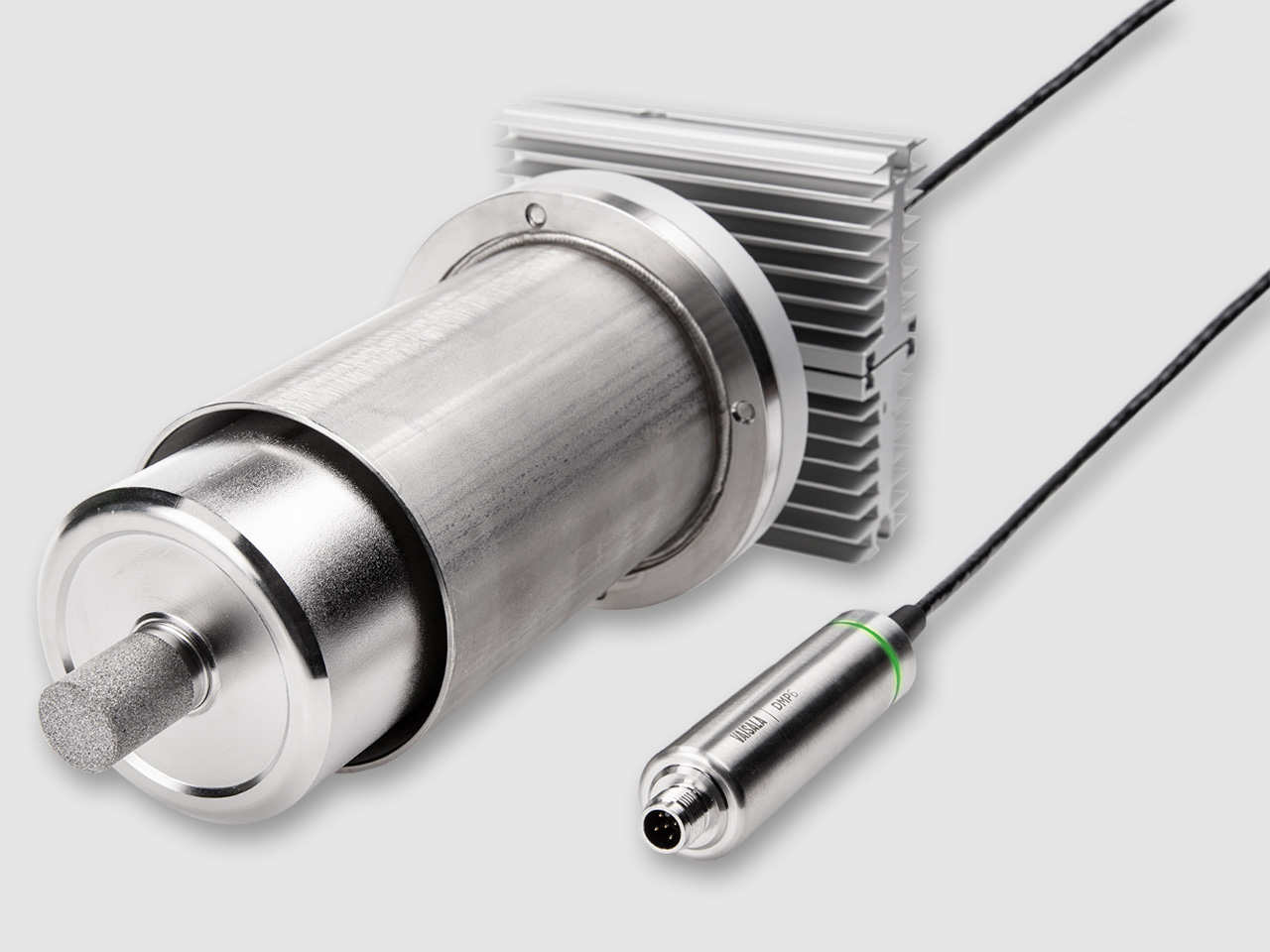
Dew Point Probe DMP6
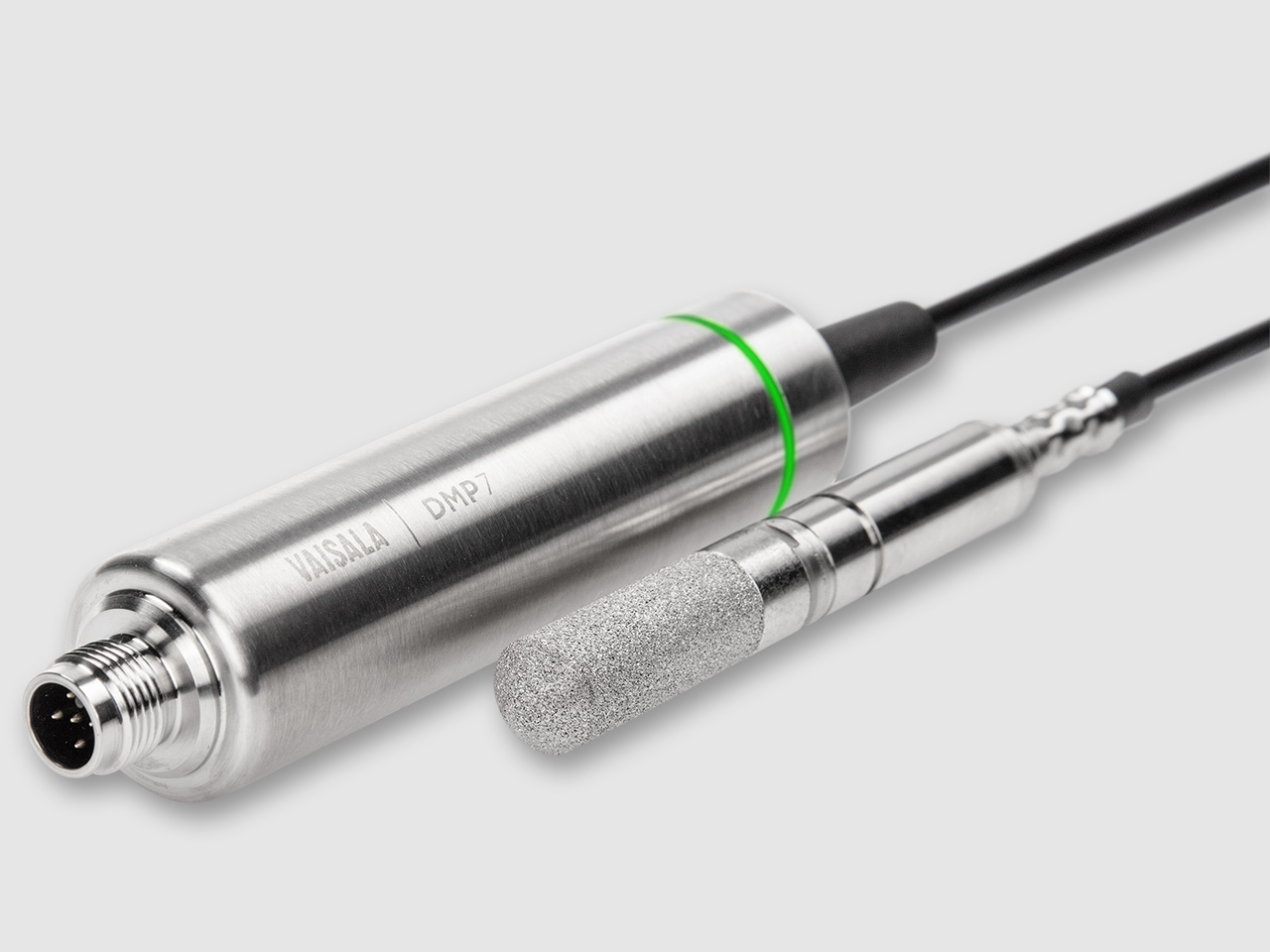
Dew Point and Temperature Probe DMP7
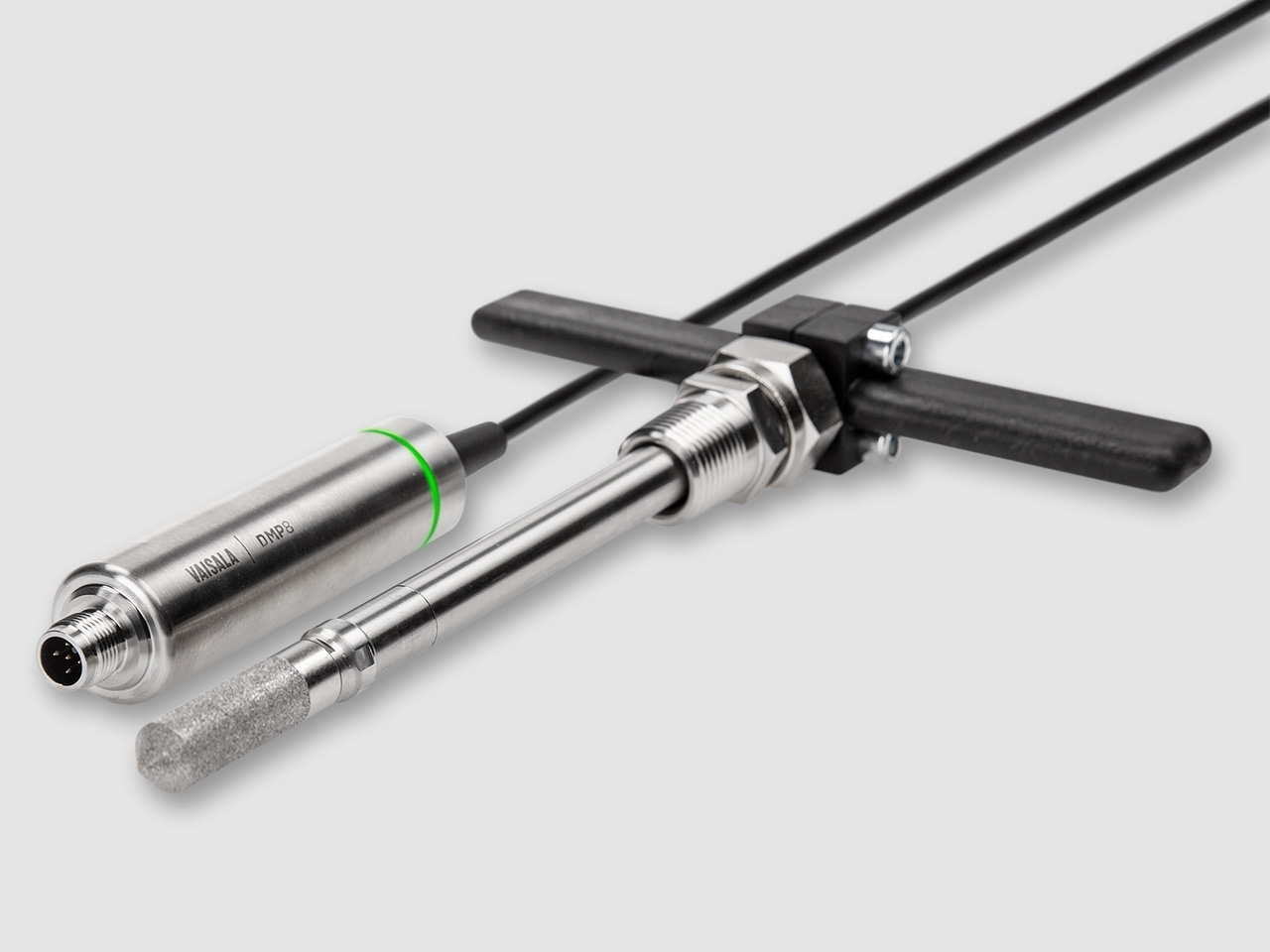
Dew Point and Temperature Probe DMP8
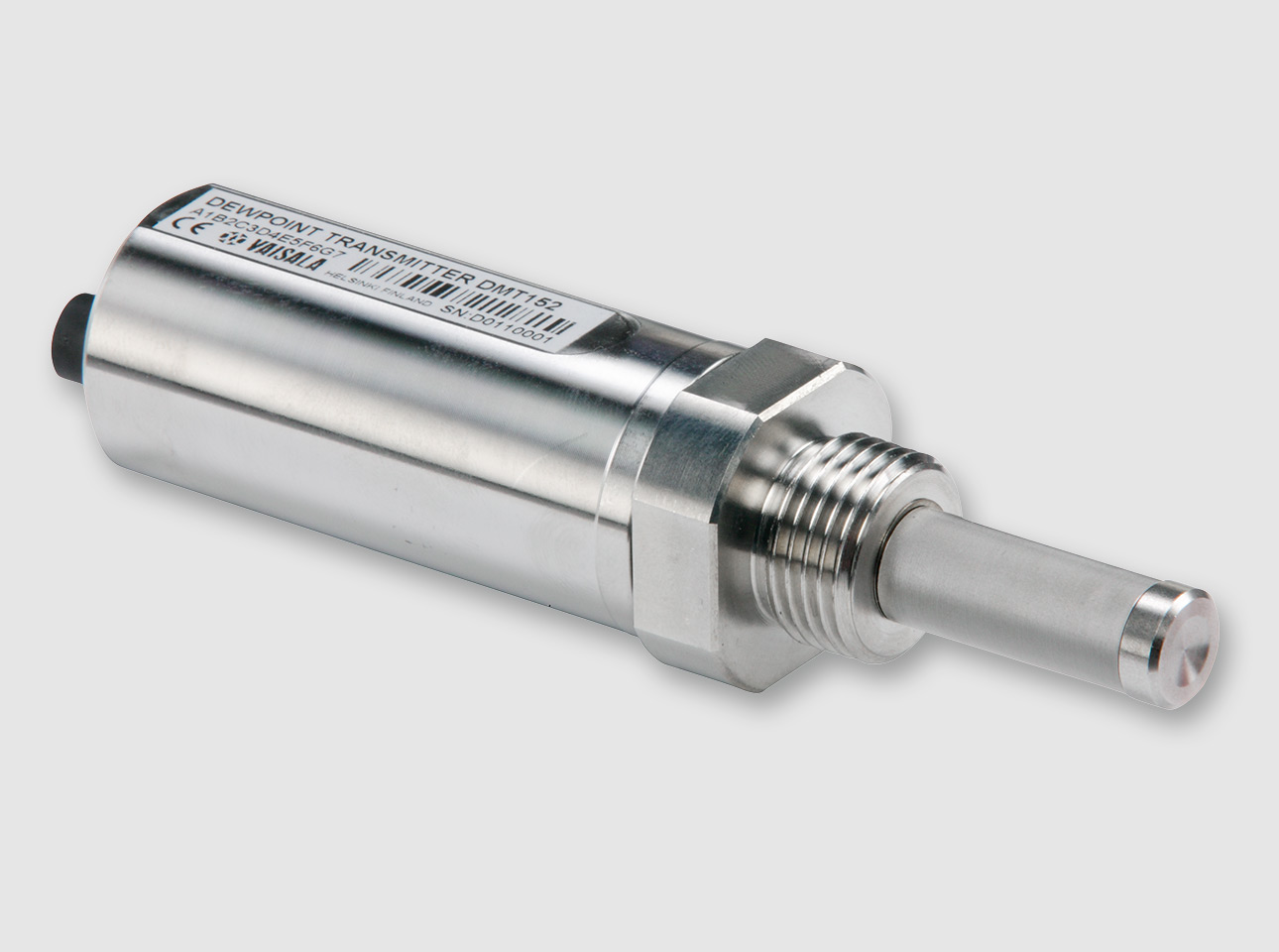
Dew Point Transmitter DMT152
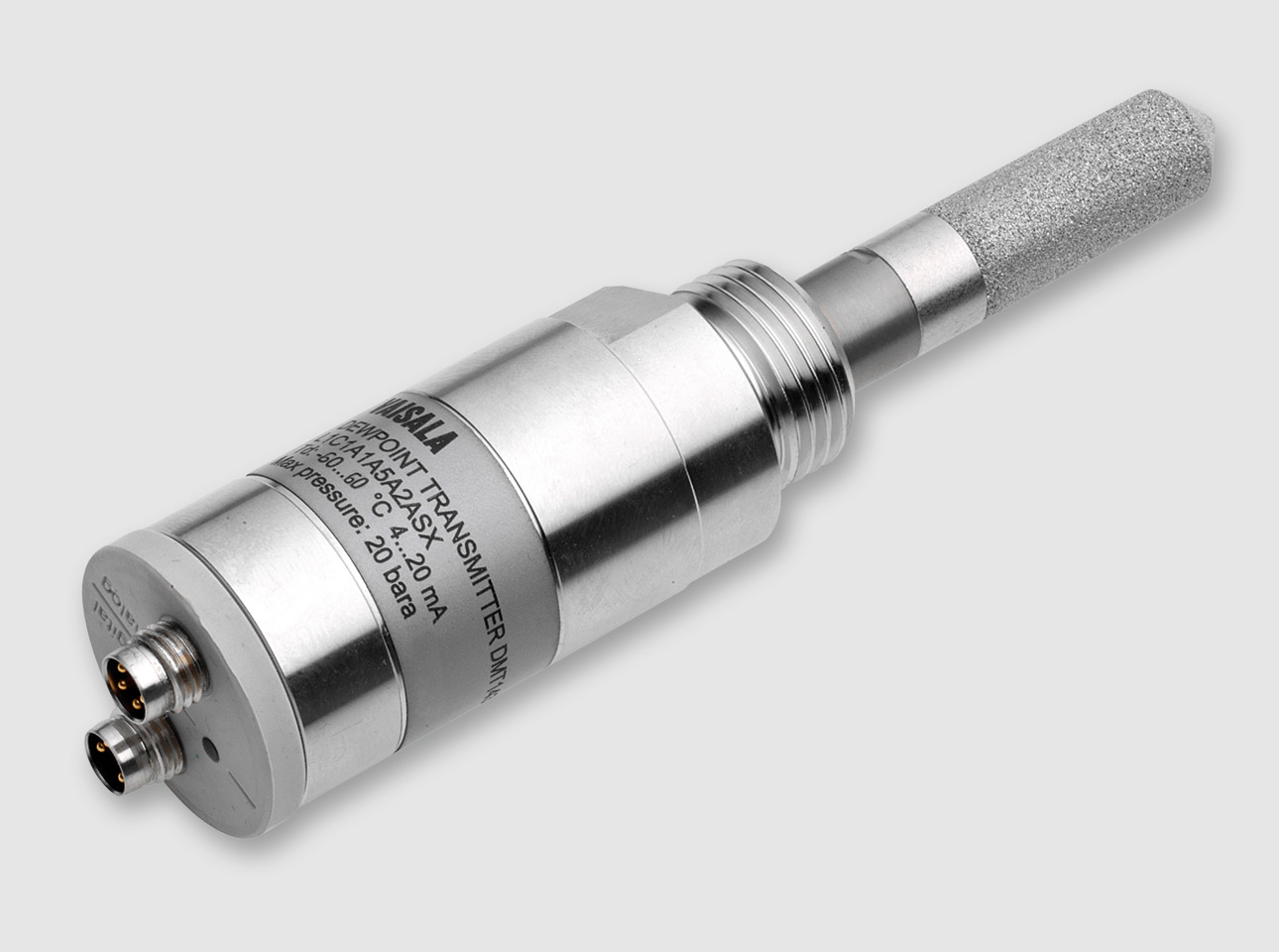
Miniature Dew Point Transmitters DMT143 & DMT143L (Long)
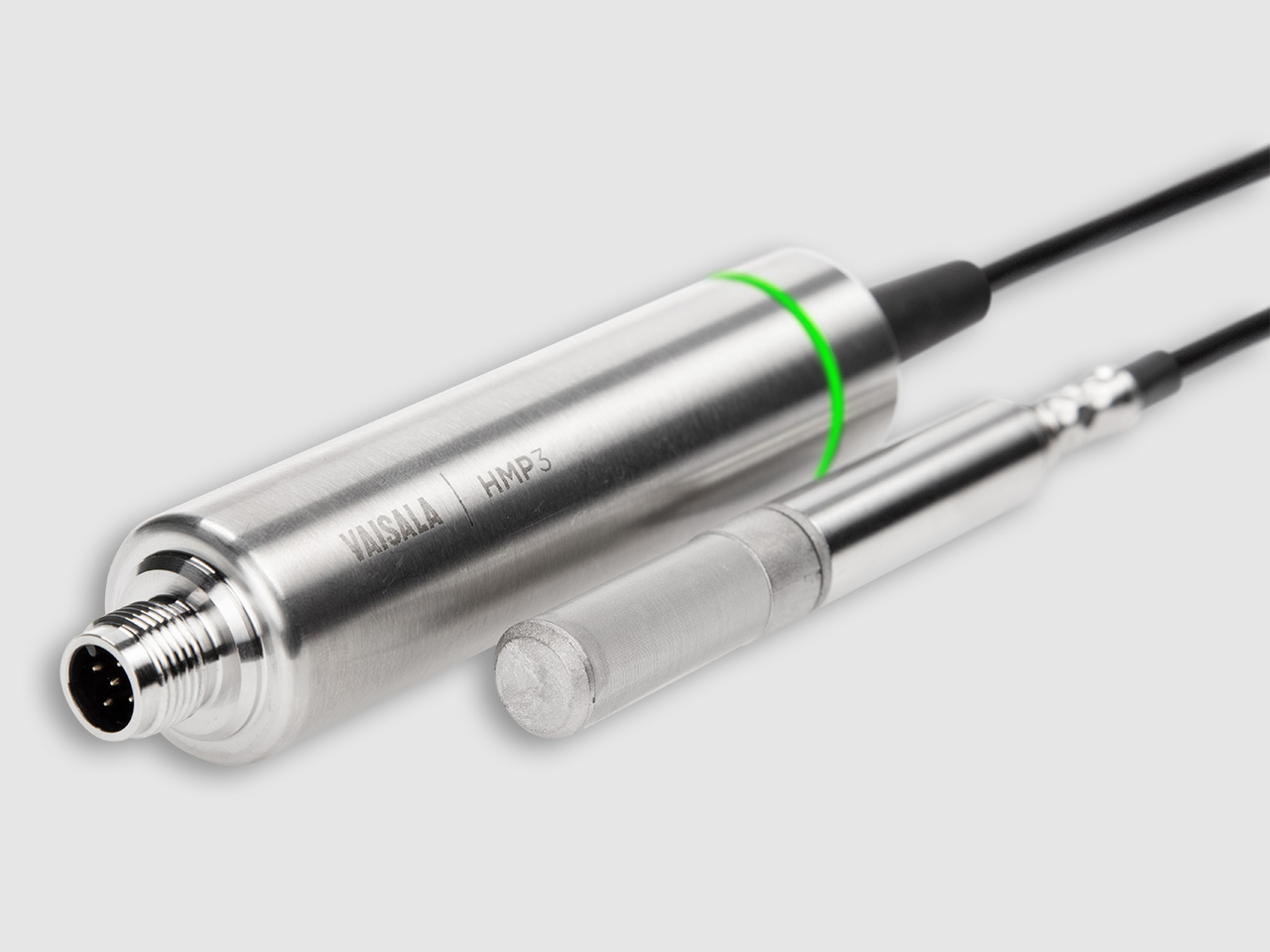
Humidity and Temperature Probe HMP3
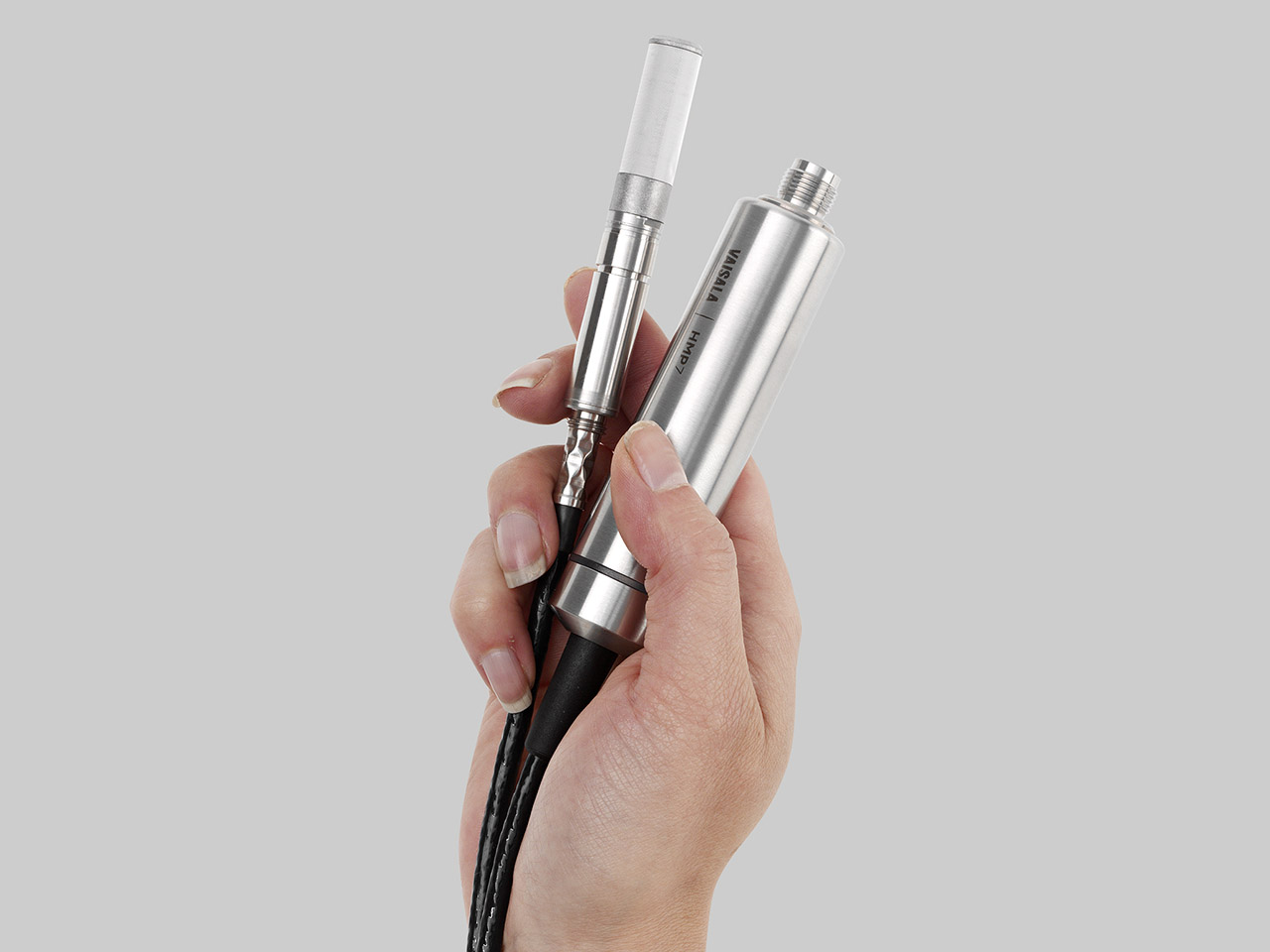
Relative Humidity and Temperature Probe HMP7
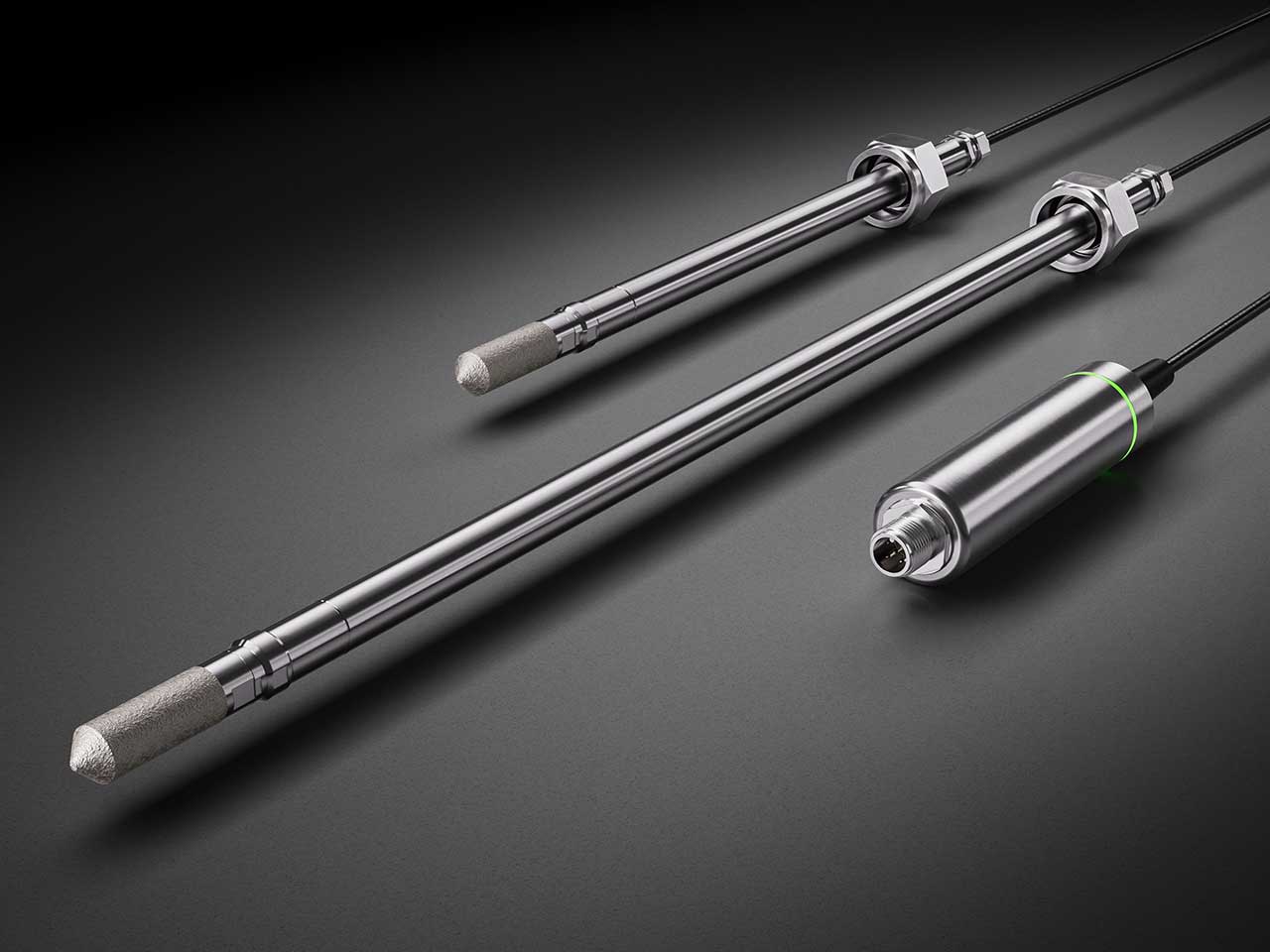
Relative Humidity and Temperature Probe HMP8
Expert articles
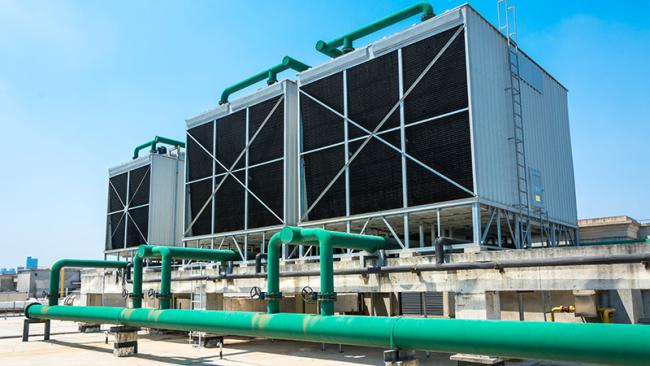
Wet-bulb temperature – from traditional psychrometers to a modern humidity control variable
In the past, a psychrometer was a convenient device to measure humidity in an environment. In the modern world, the requirements for measurement accuracy and overall usability have changed.
Webinars, blogs and more
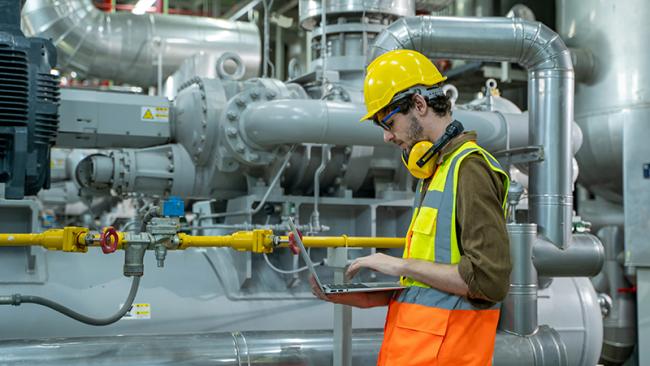
Common humidity measurement problems and how to avoid them
Accurate measurement starts with correct installation
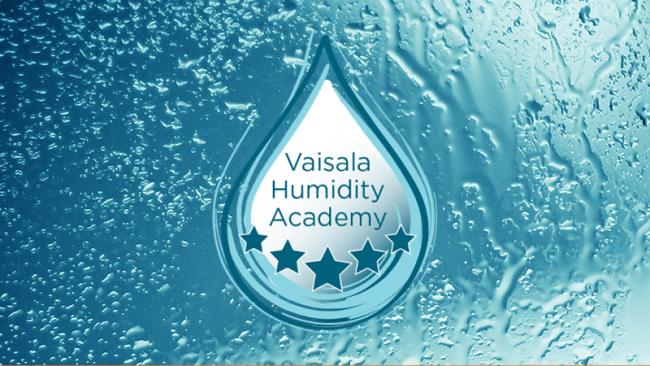
Humidity academy webinar series
By deepening your understanding of humidity in industrial context, you can improve your process efficiency and product quality while saving energy.

Contact us for more info
Interested to learn more about our humidity or dew point measurement offering? Drop us a line, and we'll get back to you.
Subscribe to our newsletter
We keep you up-to-date!
